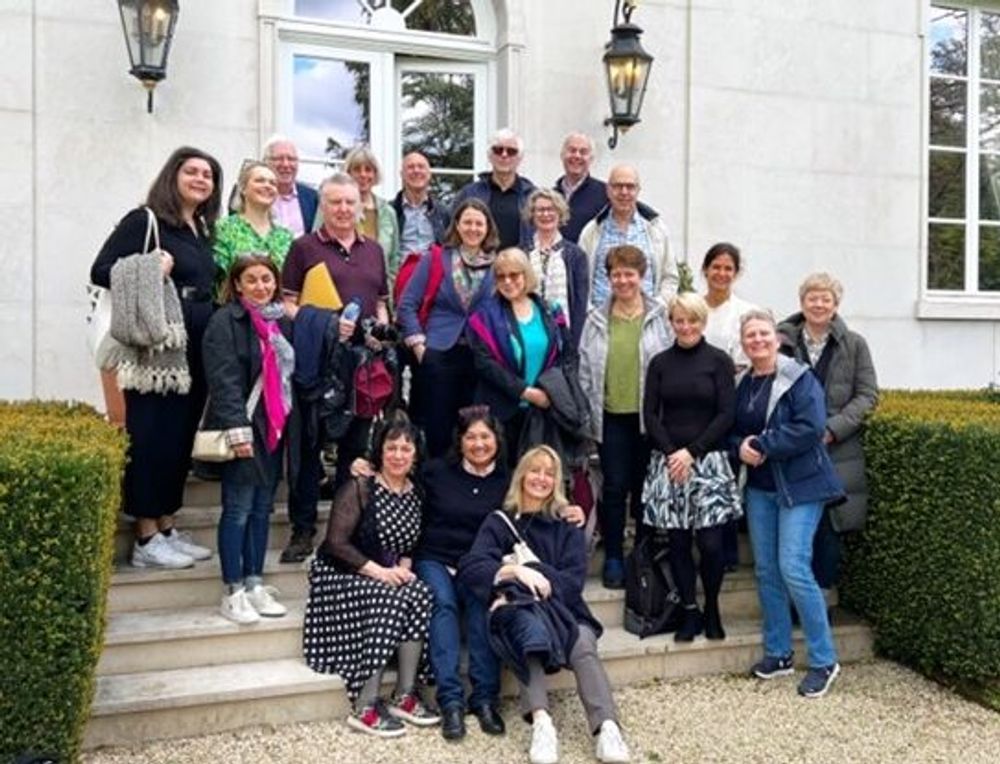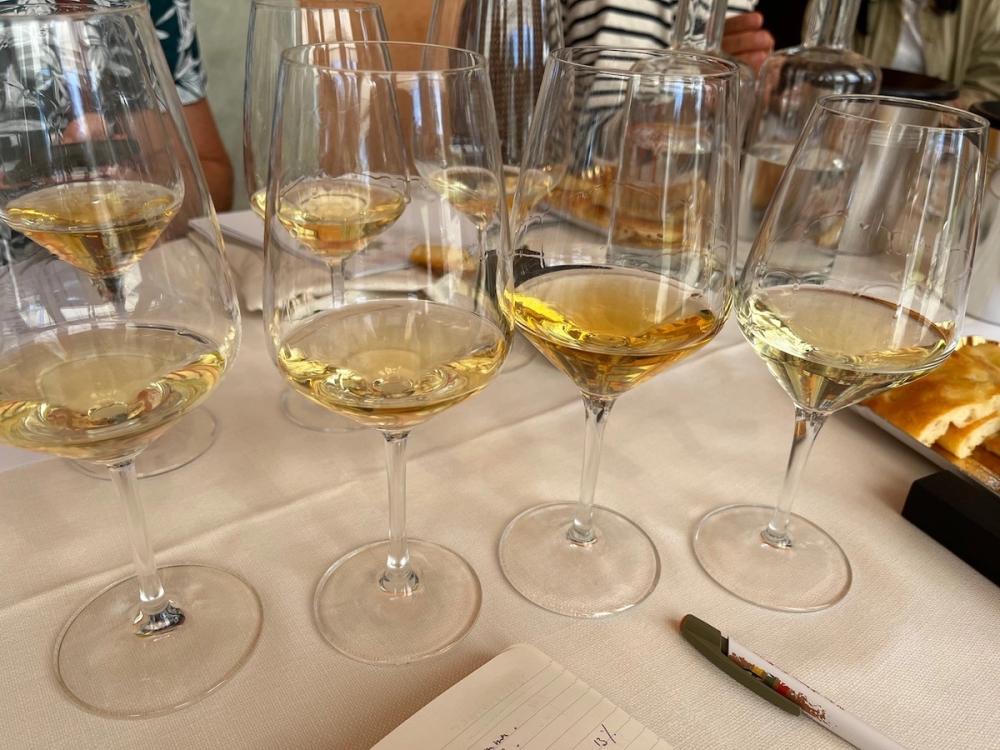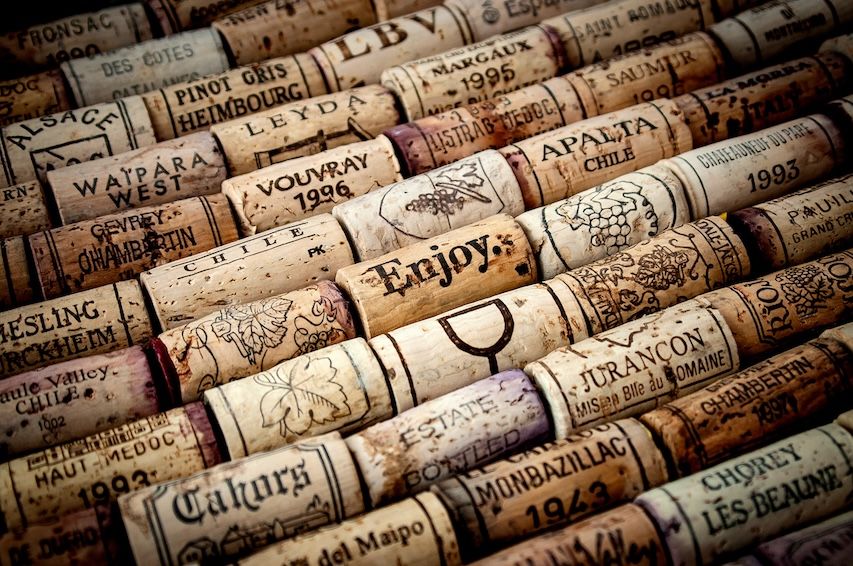“Italy was a surprise source of deals this year, with five wines on the list under £12 (more than any other country).” AWE Heather Dougherty
You can access our list of 100 Great Wines by clicking here.
What is the Association of Wine Educators?
We are a group of just under 100 qualified wine teachers, mostly in the UK, but with members in France, the US, Italy, France and beyond. All our full members have a WSET diploma. Associate members must pass WSET Level 3, but all of our members must pass a rigorous assessment of their ability to teach. We're looking for people who not only know their stuff, but can attract and engage an audience.
How long has it been, how big is it and what is its purpose?
We celebrated our 30th anniversary last year with a two-day trip to Burgundy, with two of the original founding members (Wink Lorch and Keith Grainger). One of the goals of AWE is to promote wine education as a profession and provide a means for both consumers and the trade to connect with qualified educators. Many of our members teach WSET qualifications, but many (including myself) do not. Because many of our members are self-employed, we also act as colleagues to each other, offering support, friendship and advice.

Association of Wine Educators AGM
Talk us through our impressive wine list – how are they selected and who are they intended for?
Each year, a wine educator will interact with several people, often wine consumers, and will be asked to recommend good wines. And of course as we work, we taste thousands of wines among ourselves. We decided to bring these together into one consumer buying guide, based on our members' recommendations. We're commonly known as AWE, hence the name Great Wine – see what we did there?
So, at the end of each year, we ask our members to nominate up to three wines they liked best. We like to focus on quality and value for money, not unicorn wines. We could all suggest a fine drink of champagne or a rare old wine – but that won't do for most wine drinkers. We have therefore set an upper limit of £25 per bottle for still wines, and £35 for sparkling wines – all of which must be available for retail purchase.
We include the wine, its price, a link to the retailer's website and a few words from the member who nominated the wine to give a hint of what to expect. Our members recommend a wide range of wines, from varietals or places people may not have encountered before, to good examples of classic wines.
With thousands of wines released each year, how often are the same wines produced?
In fact, it is very rare for members to recommend the same wine. I think this speaks to the breadth of wines we all taste as well as the diversity of wines available here in the UK.
Do you sometimes get a wine on a list with only one vote?
Because we ask each member to nominate a wine, there is no voting as such. We take their suggestions and build our Top 100 from there.
Are there wines that emerge every year?
Yes! There are definitely wines that are recommended (and not by the same member) year after year. One that comes to mind is the Graham Beck Brut NV, which was recommended again this year. I think they probably deserve a special award for consistency. It's definitely a wine I tend to keep in the cupboard.

“We like to focus on quality and value for money, not on unicorn wines.”
Overall, is this a good time for wine consumers to find value for money?
It's definitely getting harder. We used to have a selection of wines under £10, but have had to move that to under £12, as it has become harder to find wine in this price range. The cheapest recommended wine this year is £5.89, from a discount store. Companies like Lidl and Aldi have helped keep the pressure on wine prices to stay low.
If so – why? If not – why not?
In the wine trade, we are all painfully aware of the upward pressure on prices, which will continue, especially if the Treasury goes ahead with its planned implementation of all these additional duty bands next year. And we're certainly not in the business of recommending wine just because it's cheap.
However, we can direct consumers to areas that can provide value and quality, which may involve trying grape varieties or wines from lesser-known countries. An example on this year's list is Fiorica, made by Châeau Vartely in Moldova. It's a great aperitif wine at just £7.25.
Over the 10 years you've been making the list, what trends have you noticed?
I'd say South Africa's rise up the list was remarkable, as it's a country that offers great quality for less than £25 a bottle. The arrival of wines from Greece and Georgia on the menu has been increasing over the years.
Which countries are most interested in VFM now? Which is not?
France may now be the answer to both of these questions. Don't look for red Burgundy or wines from the Jura on the list – but Beaujolais is your better bet. Overall, France still offers great quality and value in places like Languedoc, Roussillon and the southern Rhone. Italy was a surprise source of bargains this year, with five wines on the list under £12 (more than any other country).
If you had to take just three of these species to a desert island, which would they be and why?
I got some bubbles! I'd probably opt for the longer-than-usual Champagne Castelnau Brut NV (£33.81 from The Wine Society). It would be nice to see this develop over time (although I hope it won't be too long, as I hope I can be saved). A rich red that acts as a comforting blanket to soothe the nerves when desert island creatures begin their nightly howls – Old Vine Roble from Bodegas Mazas (£13.95 from Spanish Wines Online) fits the bill. Then grab a lively white to sip in the shade of a palm tree – a Simpson Roman Road Chardonnay from Kent (£24.10 from VINVM) will suit me well.
To access AWE's list of 100 great wines click here.
To contact the Society of Wine Educators, contact Heather Dougherty at Heather@redwhiteandrose.co.uk.
Cork image © Alistair Bell. Glasses © Louisa Welsh


